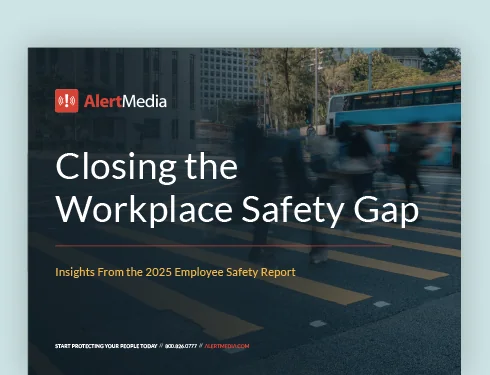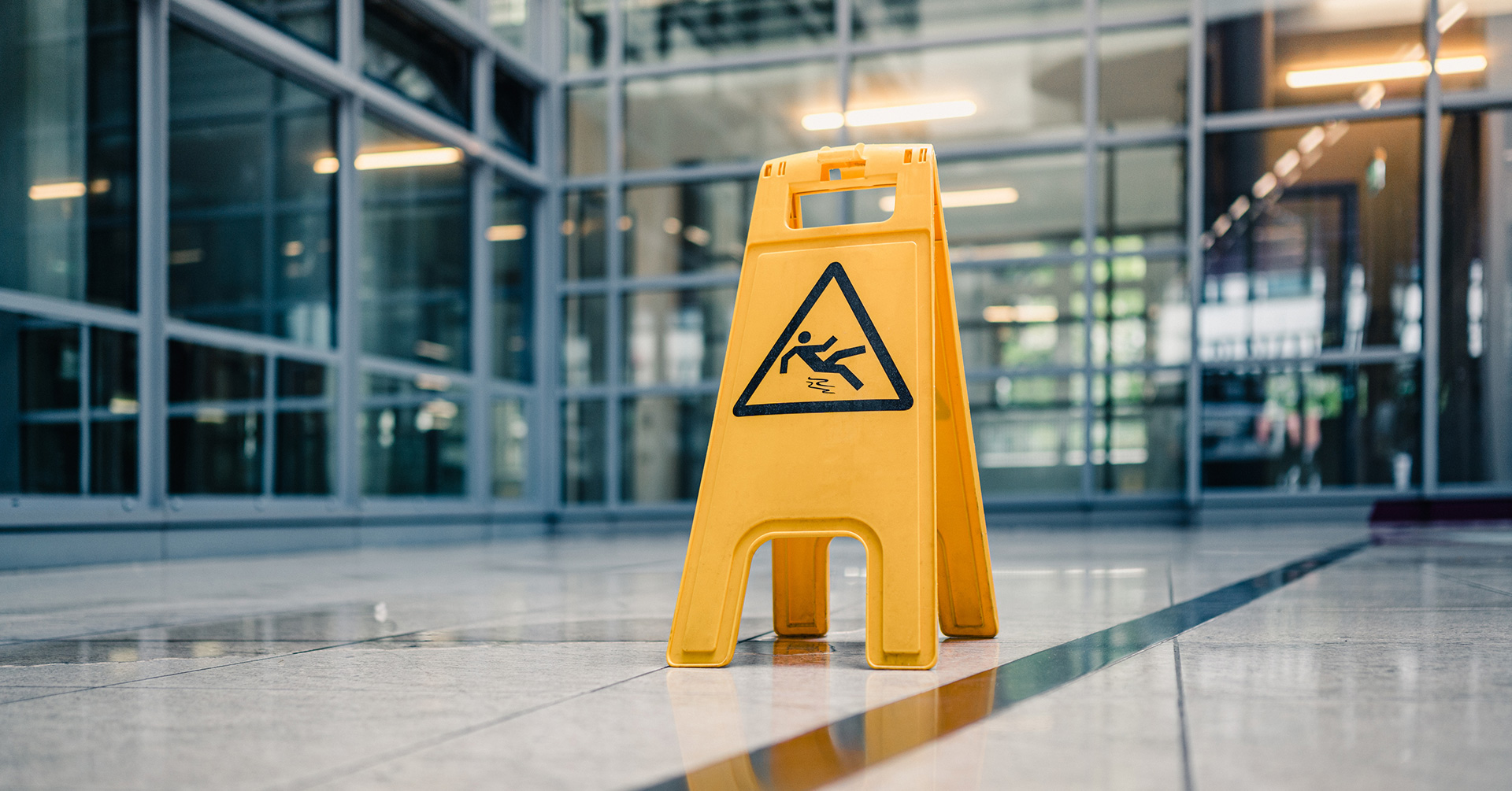
A University’s Duty of Care: What You Need to Know
This post looks at how the courts view a university’s duty of care and how you can fulfill your duty of care to your students and faculty.

Duty of care is one of the fastest-developing areas of law worldwide. Over the past five years, the United Kingdom and France have both passed laws that lay out specific guidelines for employers. Meanwhile, in the United States, the courts have begun to widen the scope of who owes a duty of care. Most recently, the courts have taken up the question: What is a university’s duty of care to students?
Duty of care, broadly, is the legal concept that certain entities have a special duty to look out for the safety of those under their care. The classic example is the parent-child relationship, but it doesn’t stop there. The courts have ruled that elementary schools owe a duty of care to their students, trains do towards their passengers, and jails do towards their prisoners. There is also a wealth of case law on the duty of care that businesses owe to their employees.
Download Our Employee Safety Report
A University’s Duty of Care
The question of a university’s duty of care to students is a tricky one, historically. Before the 1960s, universities were viewed as standing in loco parentis, or “in the place of the parent.” With this understanding came an expectation that universities would look after the welfare and safety of the students under their care.
Over the next several decades, though, this understanding slowly eroded. College students began to be viewed with increasing autonomy—more like adults going to their job than kids going to school. The court’s view of a university’s duty of care to students shifted as well. Courts repeatedly chose not to hold colleges responsible for harms suffered by students on their campuses.
Over the past decade, this trend has reversed. Multiple courts have now ruled that universities do owe a duty—a more stringent one than businesses, in fact—to proactively look after the safety of their students while on campus. Most recently, the California Supreme Court ruled in 2018 that “universities do have a legal duty, under certain circumstances, to protect or warn their students from foreseeable violence in the classroom or during curricular activities.” This case, Regents of University of California v. Superior Court of Los Angeles County, is now the most relevant and current precedent when it comes to a university’s duty of care to students.
Schizophrenia and a Stabbing
The case started back in 2009, when a UCLA student, Katherine Rosen, was stabbed by a classmate named Damon Thompson during one of their science labs. Rosen was rushed to the hospital with life-threatening injuries but thankfully survived.
The stabbing was completely unprovoked, but Rosen discovered that it was not totally out of the blue. Thompson had been telling university faculty and administrators for months that he had been hearing voices. He believed his classmates were out to get him. Thompson largely refused treatment and continued to complain of paranoia and hearing voices, even after moving off-campus.
In class on October 6th, Thompson’s anger shifted towards a particular student. He told his teaching assistant that he had heard Katherine Rosen calling him stupid, and the next day he went to another T.A.’s office to complain about Rosen. The two T.A.’s passed this information on to the school administrators who had been dealing with Thompson’s situation, but they decided to do nothing. The next day in the lab, Thompson pulled out a kitchen knife and stabbed Rosen multiple times in the chest and neck.
What the Court Decided
After learning of this, Rosen sued UCLA for violating their duty of care towards her, by not expelling Thompson, keeping him out of her lab, or warning her of his anger towards her. Originally, the court ruled that the university did not have a duty of care towards students. But after working its way up the appeals circuit, the California Supreme Court finally overruled, affirming that universities do owe a duty of care to students, allowing Rosen’s case to move forward a full decade later.
The question the courts had to answer to determine the university’s duty of care to students was essentially this: what type of relationship does a college have with its students? Elementary and high schools have always had a strong duty of care to students, but should universities have the same?
The California Supreme Court ruled that, while they do not have quite the same duty as secondary schools, universities do have a strong duty of care—even stronger than that of businesses or landlords. In the words of the court,
“Colleges provide academic courses in exchange for a fee, but a college is far more to its students than a business. Residential colleges provide living spaces, but they are more than mere landlords. Along with educational services, colleges provide students social, athletic, and cultural opportunities…Although college students may no longer be minors under the law, they may still be learning how to navigate the world as adults. They are dependent on their college communities to provide structure, guidance, and a safe learning environment.”
This ruling set the standard for the duty of care that universities in the United States owe to their students. It is up to universities to take steps to make sure that their students are safe from foreseeable dangers.
Key Takeaways to Fulfilling Your Duty of Care
So if you are a university, what does this ruling mean for you? For universities, there are three important questions to ask:
1) Who you owe a duty of care to?
2) Where you are responsible?
3) How can you fulfill your duty of care responsibilities?
Who
The answer to the first question is fairly straightforward. In the words of the court, universities “do not have a special relationship with the world at large, but only their enrolled students.” So a university’s duty of care is only towards students—not everyone on campus. Furthermore, this duty of care has an expiration date. It only exists as long as the students remain students; once they graduate, the university no longer has a duty of care towards them.
Where
The members of the California Supreme Court disagreed about how broadly to define the duty. Some argued that it should only exist in the classroom. Others argued for a broader scope. The court ended up deciding to paint it more broadly. The university’s duty of care to students exists both “in the classroom or during curricular
This means that whenever students are attending class, the duty exists. It also exists, though, during other curricular activities—even class trips, which could be off-campus. This means you need to be prepared to keep students safe even when they are not sitting at their desks.
How
The question of how to fulfill the duty of care is the hardest to answer because it’s the most contextual. It depends on the specific situation and how best to keep students safe from the specific risks involved.
In the case of Katherine Rosen, UCLA likely could have fulfilled their duty in several different ways. Expelling him as a threat to other students certainly would have been sufficient. But the court hinted that less extreme measures also likely would have sufficed. Specifically, they mentioned that the university could have warned Rosen of Thompson’s behavior and that he had mentioned her by name.
In fact, the court went to great lengths to emphasize the importance of communication for universities in fulfilling their duty of care. They said that, while the duty of care is to “protect” students, many times that just comes down to communication. “We speak here of a university’s duty “to protect” its students from foreseeable harm. However, in an appropriate case, this duty may be fully discharged if adequate warnings are conveyed to the students at risk.”
Mass Communication You Can Count On
Communication is key to fulfilling any duty of care, but perhaps especially for universities. The courts have said this multiple times. If someone does become a threat on your campus, you have a duty to notify your students so that they can take active measures to keep themselves safe.
To do this, you need a reliable, easy-to-use mass notification system capable of getting the word out immediately to those in danger. In situations like this, every second counts. You don’t have time to labor through outdated or unintuitive software. A clunky mass-text blaster won’t cut it. Your system needs to be fast, reliable, and easy to use.
AlertMedia is the modern, cloud-based solution that you need to fulfill your duty of care. AlertMedia’s easy-to-use interface lets you craft the emergency notification you need in a matter of seconds. Then, dynamic groups ensure that you get your message out to the right people.
Universities exist to educate. But that isn’t all they do. Universities also house students, feed them, and serve as their primary community. Because of this, universities are more than just a workplace. So they owe their students a higher duty of care than an employer does. Make sure you have the software you need to keep your students safe, informed, and connected.




